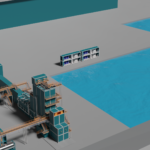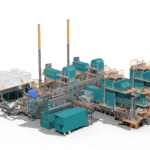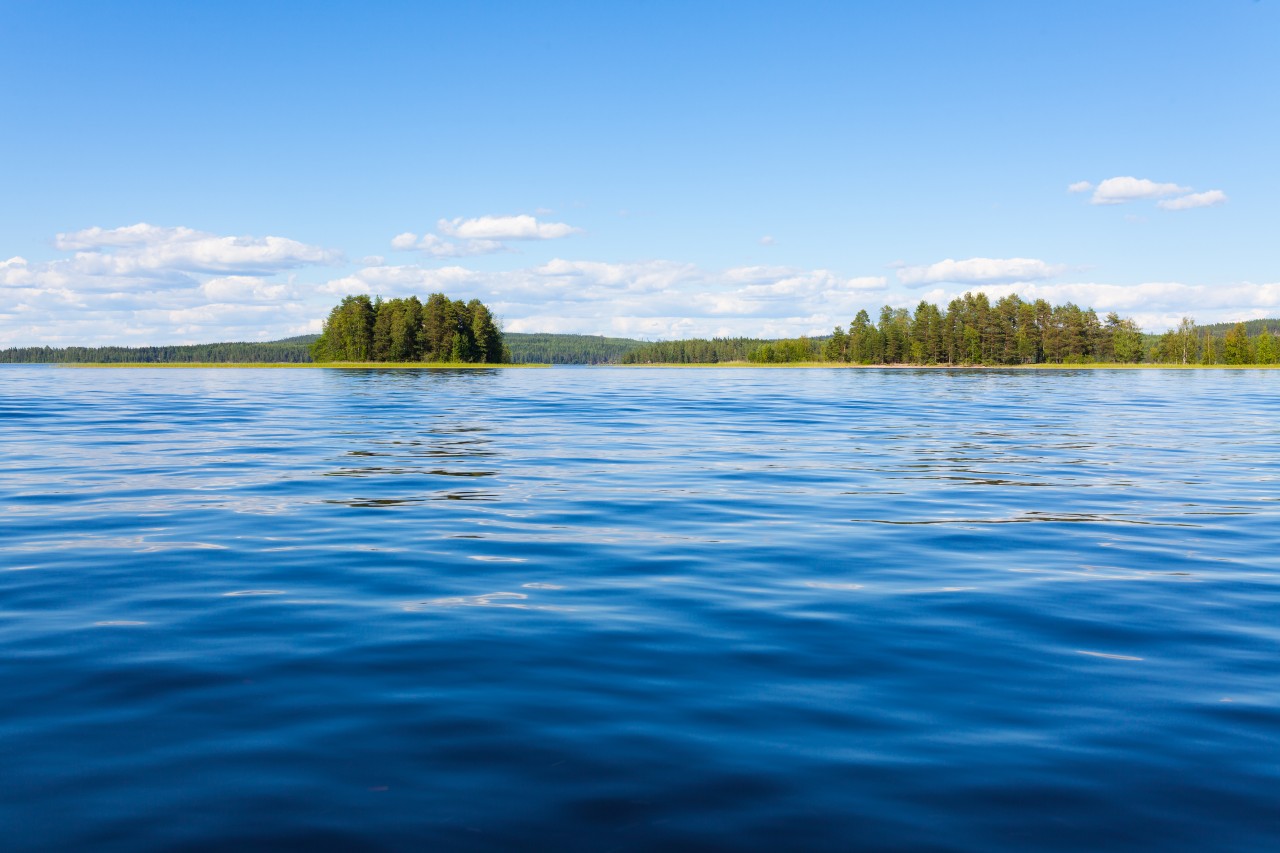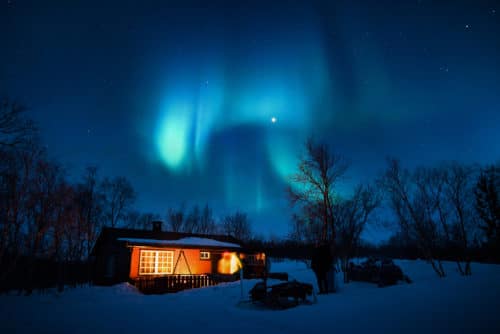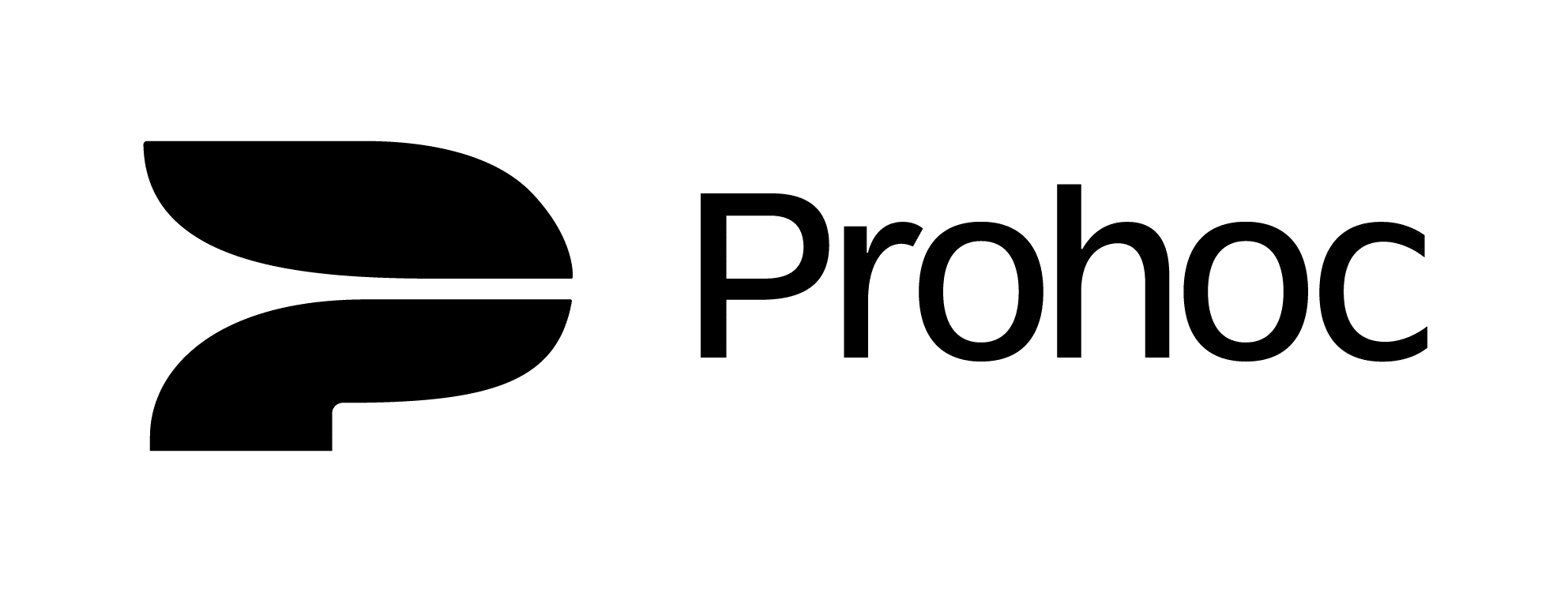Finland, officially the Republic of Finland is a country in Northern Europe bordering the Baltic Sea, Gulf of Bothnia, and Gulf of Finland, between Norway to the north, Sweden to the northwest, and Russia to the east. Finland is a Nordic country and is situated in the geographical region of Fennoscandia. The capital and largest city is Helsinki with over 1.4 million people in the metropolitan area.
Finland’s population is approximately 5.5 million and the majority of the population is concentrated in the southern region. Over 88% of the population is Finnish and speaks Finnish, a Uralic language unrelated to the Scandinavian languages; next come the Finland-Swedes (5.3%). Finland is the eighth-largest country in Europe and the most sparsely populated country in the European Union. The sovereign state is a parliamentary republic with a central government based in the capital city of Helsinki, local governments in 311 municipalities, and one autonomous region, the Åland Islands.
Finland was first inhabited when the last ice age ended, approximately 9000 BC. The first settlers left behind artefacts that present characteristics shared with those found in Estonia, Russia, and Norway. The earliest people were hunter-gatherers, using stone tools. The Bronze Age and Iron Age were characterized by extensive contacts with other cultures in the Fennoscandian and Baltic regions and the sedentary farming inhabitation increased towards the end of Iron Age. At the time Finland had three main cultural areas – Southwest Finland, Tavastia and Karelia.
From the late 13th century, Finland gradually became an integral part of Sweden through the Northern Crusades and the Swedish part-colonization of coastal Finland, a legacy reflected in the prevalence of the Swedish language and its official status even today. In 1809, Finland was incorporated into the Russian Empire as the autonomous Grand Duchy of Finland. Following the 1917 Russian Revolution, Finland declared itself independent on 6 December 1917. It rapidly developed an advanced economy while building an extensive welfare state based on the Nordic model, resulting in widespread prosperity and one of the highest per capita incomes in the world. Finland is a top performer in numerous metrics of national performance, including education, economic competitiveness, civil liberties, quality of life, and human development.
The amount of municipal waste in Finland has fluctuated between 2.4 and 2.8 million tons per year after the turn of the millennium. Although the total amount of municipal waste has in recent years grown slightly in numerical value, the growth has been small, and calculated by inhabitant, the amount has stabilized to around five hundred kilograms per capita.
The bases for the high waste utilization rate are our 100% collection rate, successful source-sorting and efficient waste logistics. Municipal solid waste (MSW), industrial, commercial and institutional waste (ICI), and construction & demolition waste (CDW) are segregated at their place of origin to organic and different inorganic waste streams. Tires, glass, metals, hazardous materials, e-waste, animal waste and other non-standard waste streams have their own collection and waste-to-value processes. This enables easy material recycling and energy recovery either as biogas or electricity / thermal energy. Today, over 99% of all waste is recovered, either as raw materials or as energy. Most of the biowaste is composted or digested. Around two thirds of the total amount of kitchen, food and garden waste is composted and one third put through anaerobic digestion process generating biogas. The digestion residue is then used in soil improvement or landscaping, as is the composted soil.
The municipal waste management companies have in cooperation built around Finland a network of ten waste-to-energy power plants, each with 100,000 to 300,000 tpa capacity and each incinerating the waste of 300,000 to 500,000 people in the surrounding area. They generate close to 10% of the energy needed for the district heating networks heating most of the buildings in Finland. In addition, they also generate of electricity in the CHP-type power plants. This network is supported by a chain of dozens of anaerobic digestion plants generating biogas for vehicle use or natural gas substitute. Altogether, waste generates around 6 TWh of energy, which accounts for close to 2% of the total energy consumption in Finland.
Vaasa, a city of 70,000 people in the west coast of Finland, is one of the best examples in the utilization of waste to energy. The waste-to-energy power plant generates about one third of all the energy used in housing; both heating and electricity. In addition, the Vaasa city buses run on biogas generated from the source-separated organic waste. These solutions have enabled Vaasa to give up coal in power generation altogether. An example that the rest of the Finland will follow by 2030.
Today, less than 1% of all municipal solid waste streams in Finland ends up in landfills, i.e. 20,000 tpa. This equals just one semi-trailer truck-load per day. Even the waste-to-energy power plant ashes are sifted, and metals recovered, thus rendering them inert and fit for further utilization. Additionally, these waste-to-value solutions prevent the formation of 350 tons of methane emissions each day, equivalent to over three million tons of CO2 emissions per annum. This represent over 5% of all CO2 emissions in Finland.
WOIMA Ecosystem is the perfect solution for exporting the Finnish know-how in waste-to-value technologies. This decentralized waste management and power generation solution helps countries and cities to cope with the increasing waste challenges that they are facing.
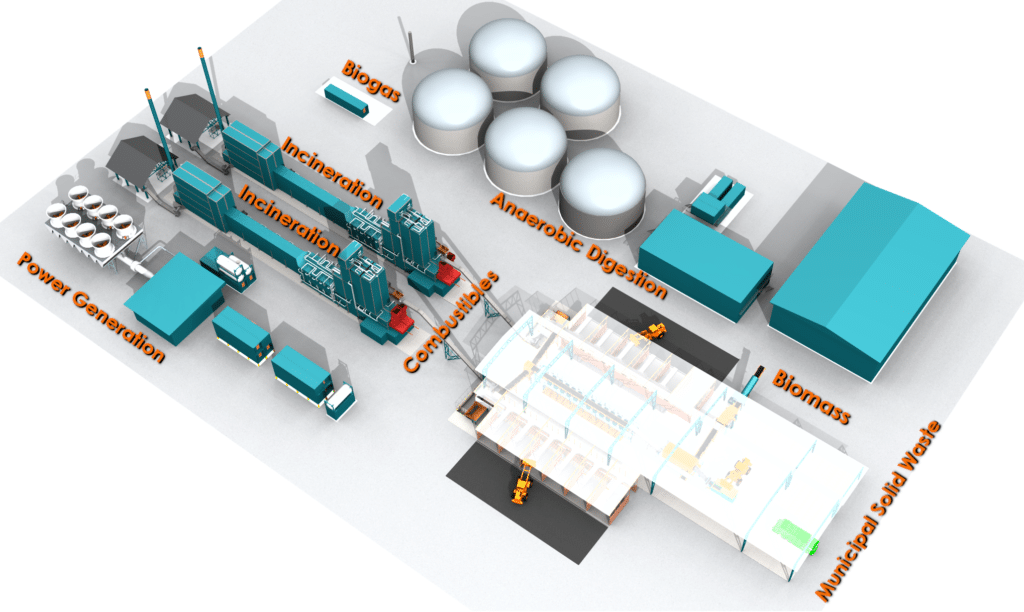
WOIMA Ecosystem recycles the waste into raw materials and energy in the most efficient manner reducing the waste quantity by over 95%. The small-to-medium size WOIMA Ecosystems are distributed close to where the waste is generated, thus offering significant waste logistics and power distribution savings in addition to solving the waste problem.
Read more: Woima decentralized W2E power generation – case study Nairobi Kenya
Contact WOIMA, if you see yourself as collaboration partner in saving the planet. Ask more about turning waste into wellbeing with WOIMA Circular Economy Solutions.

